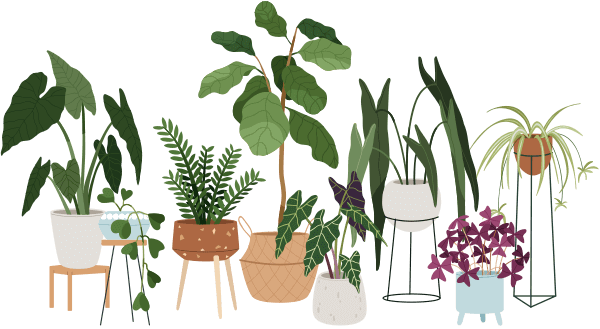The Umbrella Tree (Schefflera actinophylla) is a striking houseplant known for its lush, glossy leaves that spread out like an umbrella. Popular for its air-purifying qualities and forgiving nature, it’s a favorite among beginners and seasoned plant enthusiasts alike for brightening up indoor spaces—even those with low light.
Light Requirements
The Umbrella Tree loves bright but indirect sunlight. Avoid placing it where direct afternoon sun hits, as this can scorch its leaves. A spot near an east or north-facing window is ideal. If your space is a bit dim, don’t worry—this plant can tolerate lower light, although it may grow more slowly.
Watering Schedule
Allow the top inch of the soil to dry out before watering your Umbrella Tree. Typically, this means watering every 7–10 days, but always adjust depending on your home environment. Overwatering leads to yellow leaves and root rot, while under-watering causes droopy leaves. Humidity is nice, but a humidifier isn’t required—just watch for crispy edges.
Humidity & Temperature
Umbrella Trees thrive in average home temperatures between 60 and 75°F (16–24°C). Avoid cold drafts and sudden temperature changes, which can stress the plant and cause leaf drop. High humidity isn’t essential, but keep away from heaters or air conditioners that can dry the air.
Soil & Potting
Use a well-draining potting mix, such as regular houseplant soil blended with perlite or sand. Repot every 2–3 years or if roots start poking out of the drainage holes. Good drainage is key—always use a pot with holes at the bottom.
Fertilizing
Fertilize your Umbrella Tree during the growing season (spring and summer) every 4–6 weeks using a balanced, diluted liquid fertilizer. Avoid feeding in the fall and winter when the plant grows more slowly.
Common Problems & Solutions
Common issues for Umbrella Trees include yellow leaves from overwatering, brown tips from dry air or under-watering, and occasional leaf drop from low light or drafts. Aphids and spider mites may visit; wipe leaves with a damp cloth and use insecticidal soap if needed. Cut back leggy stems to encourage bushier growth.
Extra Tips
Rotate your Umbrella Tree every month for even growth and prevent lopsidedness. It looks stunning as a focal point in living rooms or hallways. Pair with low-light friends like snake plants or pothos. Fun fact: in the wild, Schefflera actinophylla can grow into a large tree—yours stays manageable indoors!


